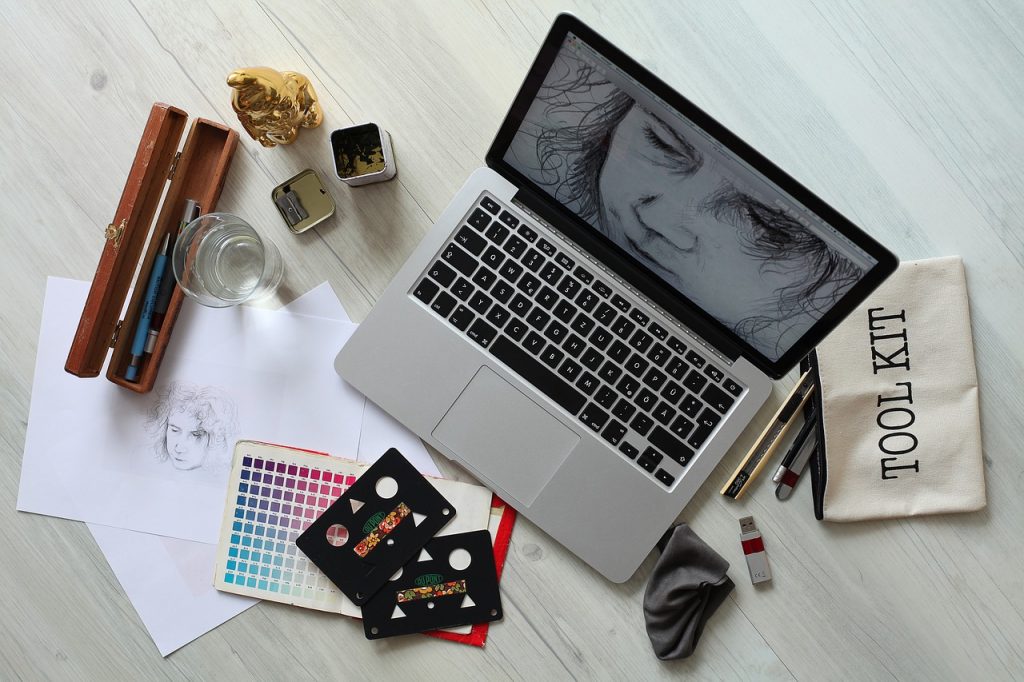Is it possible to shift your career from graphic to UX design? What does it take to switch from designing layouts for printed and digital media to creating environments people would enjoy? The main difference between graphic and UX design is the end goal, while graphic designers focus their attention on appearance, their user experience counterparts aim to create user-oriented content that allows optimal functionality, usability, performance, and aesthetics.
Some of the most reoccurring reasons why graphic designers choose to transition their career to UX design are better chances in landing a job, as well as the financial aspect as UX designers get paid much better. No matter what propels your interest in moving forward with your career, this article is going to let you in on some of the fundamental personal and professional adjustments needed for a successful transition.
You must unlearn what you have learned
Universities across the globe educate graphic designers for decades, however, recently students start their education only to master the basics of the design craft which are essentially needed for the development of UX products. To become a master of two crafts simultaneously one must place all available resources in play. During college, many students save time by hiring au edubirdie or similar services to deal with writing assignments while they focus their attention on the design.
The trick is that graphic designers need to think differently in terms of the end goal of their work. To develop UX-based design, they need to adapt to the new concept and acquire a new set of skills like user interviews, usability testing, information architecture, creating personas, customer journey mapping, etc. Once you forget about making your work all about aesthetics and start thinking about the needs of the user, you will be ready.
Change the work process
Every job we care about is a challenge, there’s no easy work unless we don’t care about the outcome. UX design requires iterative work process which includes three major iteration points:
- User research
- Design
- Build
The first step is to identify what users need, so you could start working on the initial design. Interviewing target audience, ethnographic research, observations, analyzing top competitors, these are just some of the activities required to start with informed design development.
Once you know what it takes to satisfy the users, you put that knowledge to work and create the initial design which leads you back to users. When you get the feedback, if the design is looking good it’s time to build.
However, even after the product is launched, the design process is still active. You gather user reviews, complaints, reported issues, and work on improving design accordingly while keeping the industry requirements and updates in mind.
Choose a niche
Diversity is one of nature’s greatest features, however, it also makes it difficult to control the market because each of us has our personal needs, desires, and obligations. It would take Da Vinci level talent and years of hard work to become a designer able to create products for all industries and all types of users. Look into yourself and think about what you’re capable of, what inspires you, and research the possibilities based on your strongest weapons.
It’s easy to go for the best-paid option, but who other than yourself can say if that’s the best industry for you?
Create prototypes
There are many activities you could take to adapt and learn new skills. You can attend seminars, subscribe to online webinars and UX design courses on Udemy or some other learning platform. However, the best way to gather experience is through work, which you don’t have to wait for, start a project on your own and see it through.
Prototypes or mockups are more than experience builders, they are your calling cards as you can use your best work to create a portfolio you can send out to potential employers. Graphic design background could be a good reference, but most clients will ask for some previous work before deciding if you’re the best candidate for the job.
Conclusion
Moving on to a different career is a challenging endeavor which should not be taken lightly. Carefully plan your transition and execute it up to a fault. A most important aspect of your career change is keeping faith in yourself, and not giving up no matter what obstacles you stumble upon. Talk to people you know have made the transition and seek their advice but remember that you are the only one who can walk your road.

